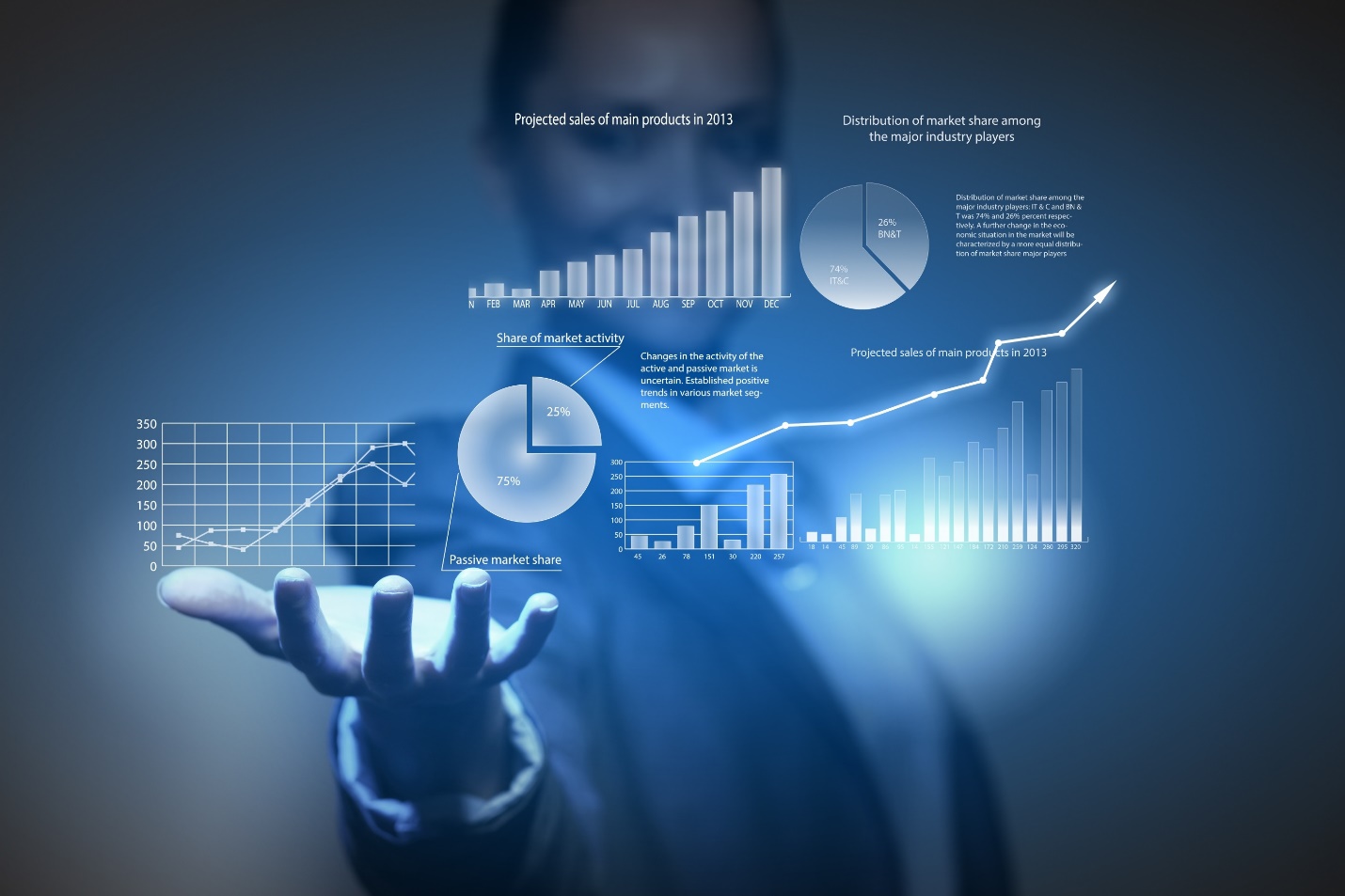advertisement
The State Of Analytics In 2020
The world bought into the idea of continual improvement ever since Japanese car companies embraced it in the ‘70s and ate Detroit’s…

The world bought into the idea of continual improvement ever since Japanese car companies embraced it in the ‘70s and ate Detroit’s lunch. But you can’t improve what you can’t measure – which is why analytics now envelops the entire enterprise, crunching every data set it can find to get a clear view of current reality and suggest a better road ahead.
For decades, those armed with the business intelligence class of analytics tools have plumbed financial and logistical databases to identify new business opportunities, flag weaknesses, and gain competitive advantage. More recently, with the addition of machine learning to identify patterns in data, analytics is proving scarily accurate at predicting future outcomes. Even better – using such self-service tools as Tableau, PowerBI, or Qlik – business users can now gain data insights on their own rather than requesting reports from business intelligence specialists.
At the same time, the ubiquity of analytics has given rise to the hottest specialized job on the planet: the data scientist. The multidisciplinary nature of this position leaves enterprises hunting for unicorns who know statistics, programming, probability, and very likely machine learning, not to mention whatever vertical expertise a company demands. The oracle-like status of the data scientist offers definitive proof of analytics’ ascendency.
advertisement
Meanwhile, though the big data trend has cooled somewhat, big data analytics has permanently lodged itself in infrastructure, enabling engineers to process gargantuan log files to surface anomalies, inefficiencies, and vulnerabilities. And just about every company heavily invested in customer-facing applications now dumps terabytes of user clickstreams into the analytics hopper, enabling mass customisation and UI tweaks that boost usability and revenue.
To guide you on your own analytics journey, CIO, Computerworld, CSO, InfoWorld, and Network World have contributed five articles that examine today’s role of analytics in the enterprise through completely different lenses, from case studies to implementation recommendations.
The fully quantified enterprise
InfoWorld Contributing Editor Isaac Sacolick, a former CIO and CTO, kicks things off with a terrific primer entitled “How to choose a data analytics platform.” In a couple of thousand words, Sacolick touches all the bases, from the nitty-gritty of cleaning and integrating data to the new complications introduced by machine learning. He also offers capsule descriptions of dozens of database and analytics software options, with basic parameters to consider before making a selection. Starting out? Start here.
advertisement
While Sacolick primarily focuses on the back end of analytics, Computerworld contributing writer Bob Violino trains his lens on the presentation layer in “6 best practices for business data visualization.” His advice includes some well-illustrated basics: know your audience, tell a story, keep visualizations as simple as you can, and so on. But he also provides a framework for selecting the right visualisation tools along with, perhaps, the best recommendation of all: Visualisations are a team effort, meant to be shared widely, discussed, and iterated collaboratively.
Leave it to CIO to highlight analytics’ benefits on the ground. In Healthcare Analytics: 4 Success Stories, Senior Writer Thor Olavsrud walks through use cases at Kaiser Permanente, NorthShore University HealthSystem, Jackson Health System, and Penn Medicine. Each mini-case study addresses a specific healthcare objective, such as streamlining operations or shortening ICU stays, but each also dispenses broad advice from the project leader relevant to any analytics initiative.
Network World senior editor Michael Cooney homes in on a different type of special case in SD-WAN and Analytics: A Marriage Made for the New Normal. As Cooney explains, the explosion of remote work has accelerated adoption of SD-WAN, which in turn raises the stakes to manage SD-WAN performance and security effectively. Using analytics to identify bottlenecks, anomalies, and vulnerabilities – and correct them before admins have to deal with alerts – makes large SD-WAN deployments much easier to maintain.
advertisement
It’s unlikely you’d write custom analytics code to monitor your SD-WAN deployment, but in many cases – particularly those that might involve a data scientist – the proprietary algorithms developed may be valuable trade secrets. That’s what CSO contributing writer Stacey Collet addresses in “How to protect algorithms as intellectual property.” As Collett puts it, “proprietary analytics are becoming an important differentiator as companies implement digital transformation projects. Luckily, laws are changing to include algorithms among the IP that can be legally protected.”
In the age of analytics everywhere, that should be welcome news. Especially when augmented by machine learning, the insights derived from analytics will play an increasingly strategic role in steering your enterprise.